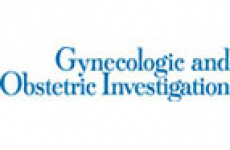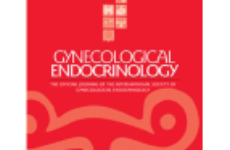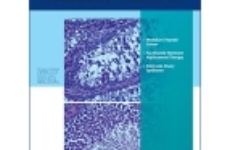Objective
To evaluate the application of non-invasive prenatal testing (NIPT) as an alternative to invasive diagnostic prenatal testing in pregnancies with abnormal ultrasound findings.
Methods
This was a retrospective analysis of 251 singleton and multiple pregnancies at high risk for fetal chromosomal abnormality based on findings at sonographic examination, in which NIPT was performed as a first-tier genetic test. NIPT was performed by massively parallel sequencing of cell-free DNA in maternal plasma, allowing genome-wide detection of whole-chromosome, as well as partial, autosomal aneuploidy. Sex chromosomes were not analyzed, according to the current protocol in Dutch laboratories.
Results
NIPT was performed at a median gestational age of 20 weeks, indicated by the presence of multiple congenital anomalies (n = 13), isolated structural anomalies (n = 57), increased nuchal translucency ≥ 3.5 mm (n = 58), soft markers (n = 73), growth restriction (n = 40) and other anomalies (n = 10). NIPT results were normal in 224 (89.2%) pregnancies, inconclusive in one (0.4%) and abnormal in 26 (10.4%). Most genetic aberrations detected by NIPT were common whole-chromosome aneuploidies: trisomy 21 (n = 13), trisomy 18 (n = 6) and trisomy 13 (n = 3). Four further NIPT results were abnormal; one was suspected of being confined placental mosaicism and one was of maternal origin. In those with normal NIPT results, sonographic follow-up or examination of the newborn indicated the need for diagnostic genetic testing in 33/224 (14.7%) pregnancies. Clinically relevant genetic aberrations were revealed in 7/224 (3.1%) cases, two of which were whole-chromosome aneuploidies: trisomy 13 and monosomy X. As sex chromosomal aberrations are not included in NIPT analysis, the latter cannot be considered a false-negative result. Other discordant findings were subchromosomal aberrations (< 20 megabases, n = 2) and monogenic aberrations (n = 3).
Conclusions
NIPT should not be recommended for genetic evaluation of the etiology of ultrasound anomalies, as both resolution and sensitivity, or negative predictive value, are inferior to those of conventional karyotyping and microarray analysis. Nonetheless, some pregnant women consider NIPT to be an acceptable alternative to invasive diagnostic testing. © 2016 The Authors. Ultrasound in Obstetrics & Gynecology published by John Wiley & Sons Ltd on behalf of the International Society of Ultrasound in Obstetrics and Gynecology.
L. Beulen, B. H. W. Faas, I. Feenstra, J. M. G. van Vugt, M. N. Bekker
Ultrasound Obstet Gynecol. 2017 Jun;49(6):721-728.
DOI: 10.1002/uog.17228
















 Информация, представленная на сайте, предназначена для специалистов здравоохранения и не должна использоваться для самостоятельной диагностики и лечения.
Информация, представленная на сайте, предназначена для специалистов здравоохранения и не должна использоваться для самостоятельной диагностики и лечения.